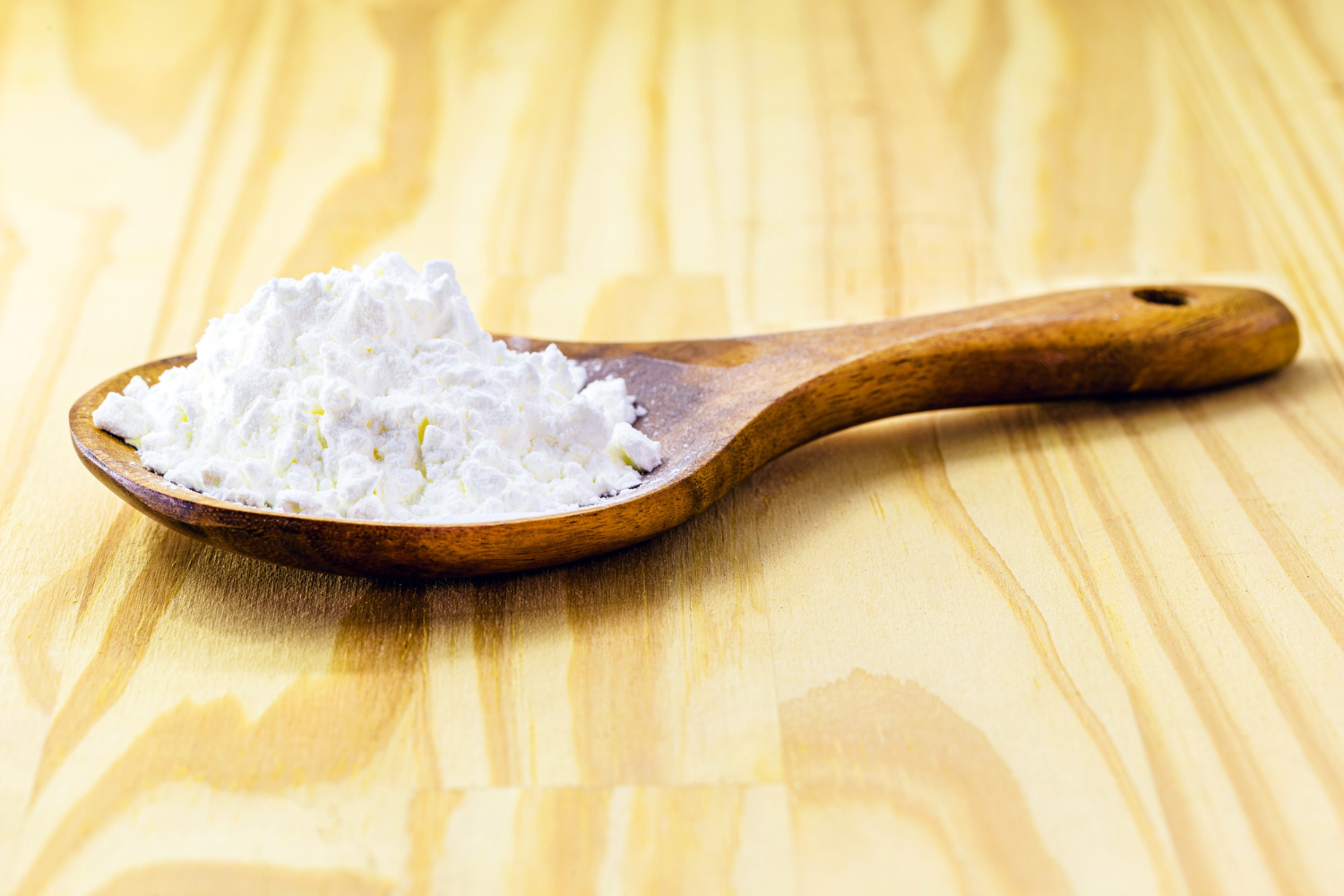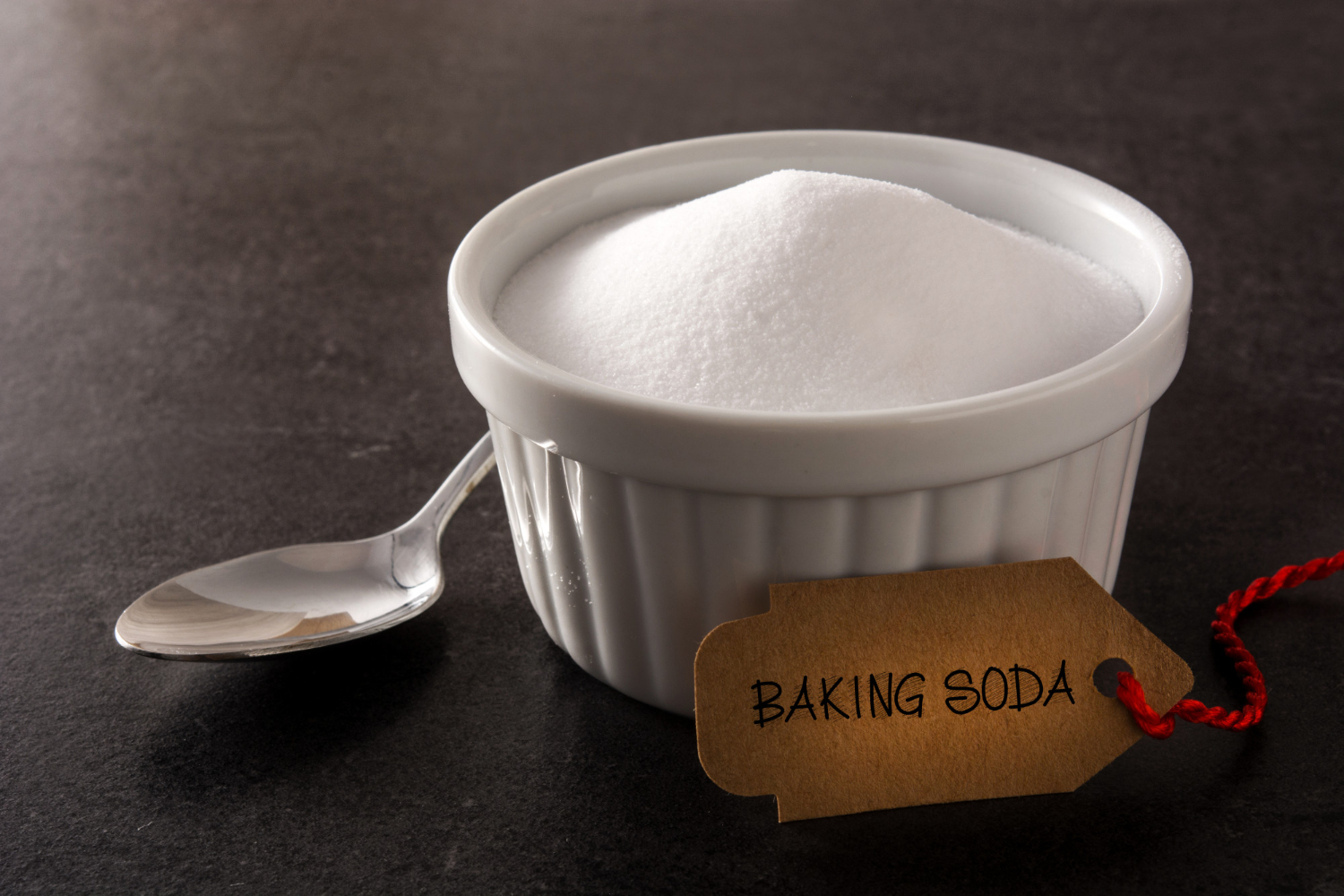Cornstarch is a starchy ingredient done by milling the corn’s endosperm. It produces a glossy, white starch that can be an effective thickening agent for gravies, sauces, soups, marinades, and casseroles. Like baking soda, cornstarch can also be a helpful material outside the kitchen. You can use cornstarch on its own or mix it with other kitchen ingredients like vinegar, salt, and other compounds.
The chemical composition of cornstarch can absorb moisture, dirt, and stain more efficiently than other commercialized cleaning agents. While baking soda is also used for cleaning purposes, the cornstarch can also provide additional help for your cleaning task. From reducing skin itch up to reducing grease, cornstarch can be included in your cleaning tools.
Can I Use Cornstarch Instead of Baking Soda for Cleaning?
Sometimes, commercially produced chemical agents are not enough to clean the house. In that case, you can look for your kitchen staples and replace your cleaning agents. Cornstarch, for instance, provides better cleaning quality compared to harsh chemicals. Unfortunately, harsh chemicals found on some products can also thin down your home equipment.
Here are some cleaning tips and hacks you can do with your dependable cornstarch:
- Remove grease stains from your fabric by soaking them on a water-cornstarch paste. Spread this mixture to your grease stains and leave it for 10-12 hours. Wash it accordingly.
- Prepare your spray starch for your ironing needs. Dissolve a tablespoonful of cornstarch on a pint of water. Mix it thoroughly, or you can shake its contents inside a spray bottle. Spray a few into your clothes before ironing.
- Clean your jewelry using cornstarch-water paste. This works effectively with silver and pearls. Just leave the cornstarch paste for 1 hour before cleaning. Then, repeat the process if necessary.
- Removing crayon marks and spills to your wall can be cleaned efficiently by applying a thick paste of cornstarch and water. Let it dry completely before you wipe it out. Repeat this process if necessary.
- Mixing three cups of cornstarch with a cup of water is ideal for removing grease stains in leather, cotton, and silk. You can also use the same ratio to remove paste spots from wallpaper or clean your stovetops and car hoods. Make a large batch of cornstarch paste and store it for a longer time by placing half a cup of vinegar.
- Soap scum can be found in the kitchen sink or the bathroom. Remove this effectively by mixing a cup full of vinegar with one tablespoon cornstarch and two tablespoons dish detergent. Use a scrub or sponge to apply this. Then, apply an additional tablespoonful of cornstarch to remove urine stains.
- Sprinkling cornstarch on surfaces can remove dust, oil, and sweat build-up. This works effectively for cleaning
Is Baking Soda and Cornstarch the Same Thing?
Baking soda and cornstarch are both staples inside the kitchen. While these two look similar, you cannot substitute them for your cooking needs. Cornstarch acts as a form of thickening agent, while baking soda is a form of leavening agent. This means that it will greatly affect the flavor, texture, and outcome of your dish when you exchange these two products.
Raising agents or leavening agents work by introducing carbon dioxide gases to your food—that “raise” or double your food to its usual size. Introducing air to some baked products like bread and batter is essential. This provides the air pockets that make the food softer and fuller at the same time.
On the other hand, thickening agents are ingredients that increase the viscosity of liquids. This means that the liquid is having more solid bonds but not enough to harden. Aside from cornstarch, other thickening agents include flour, potato starch, and other root crops.
Using baking soda to replace your cornstarch is undoubtedly a bad idea. This will drastically alter the outcome of your baked product, which can cost an extra cost for your side. However, using these agents in the right way can prevent making a great mistake on your side.
Baking soda can be used to create crisp and air pockets to your pie crust. Also, mixing cornstarch with the fruit filling will generate enough body, thus preventing the filling from getting the food too wet.
In the case of cleaning, both cornstarch and baking soda is an effective grease stripper. Therefore, you can interchange the two if you focus on removing grease and stains from your home equipment. However, baking soda has additional properties that can whiten the surface. It can also unclog drains of your kitchen and bathroom once it is mixed with vinegar.
Is Cornstarch Good for Cleaning?
While several cleaning products are available in the market, you may opt to use compounds known in the kitchen. These substances are non-toxic, and they couldn’t cause severe irritation when inhaled or ingested accidentally—since they are edible in the first place. You may consider swapping your chemical ingredients by using these ingredients available on your countertop.
Cornstarch is not only an excellent thickening agent, and it can also be used as an economical cleaning product. This cost lower compared to other cleaning products. They lessen the required storage space. And most importantly, it is non-toxic for humans, plants, animals, and the environment.
Aside from the already mentioned benefits of cornstarch for your cleaning tasks, here are other hacks that you can use as well:
- Mix cornstarch with your homemade or store-bought marshmallows to prevent them from sticking from each other without affecting their flavor. Cornstarch absorbs extra moisture and stickiness that binds the marshmallows together. Add a tablespoonful or two to a bag of marshmallows and shake it gently.
- You can also use cornstarch to untangle knots from strings, shoelaces, ribbons, and wires. Again, the cornstarch provides a space for the materials to glide efficiently.
- Create your paste for your arts and crafts by mixing three teaspoons of cornstarch for every four teaspoons of cold water. You can also heat it gently to improve its elasticity. Finally, add food coloring to your paste mixture, and you may use it for your painting needs.
- Aside from grease and food stains, cornstarch can effectively remove blood stains. To do so, make a paste of cornstarch with cold water. The water has to be hard for the blood to stick through the cornstarch mixture. Next, fill the bloodstains with chilly cornstarch paste before drying it out. Finally, brush off the dried residue and repeat the process if necessary.


